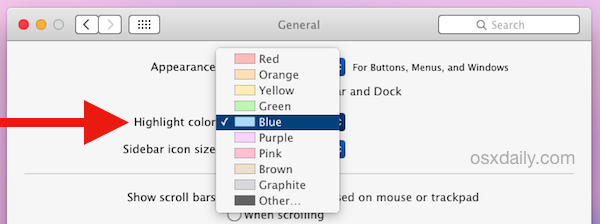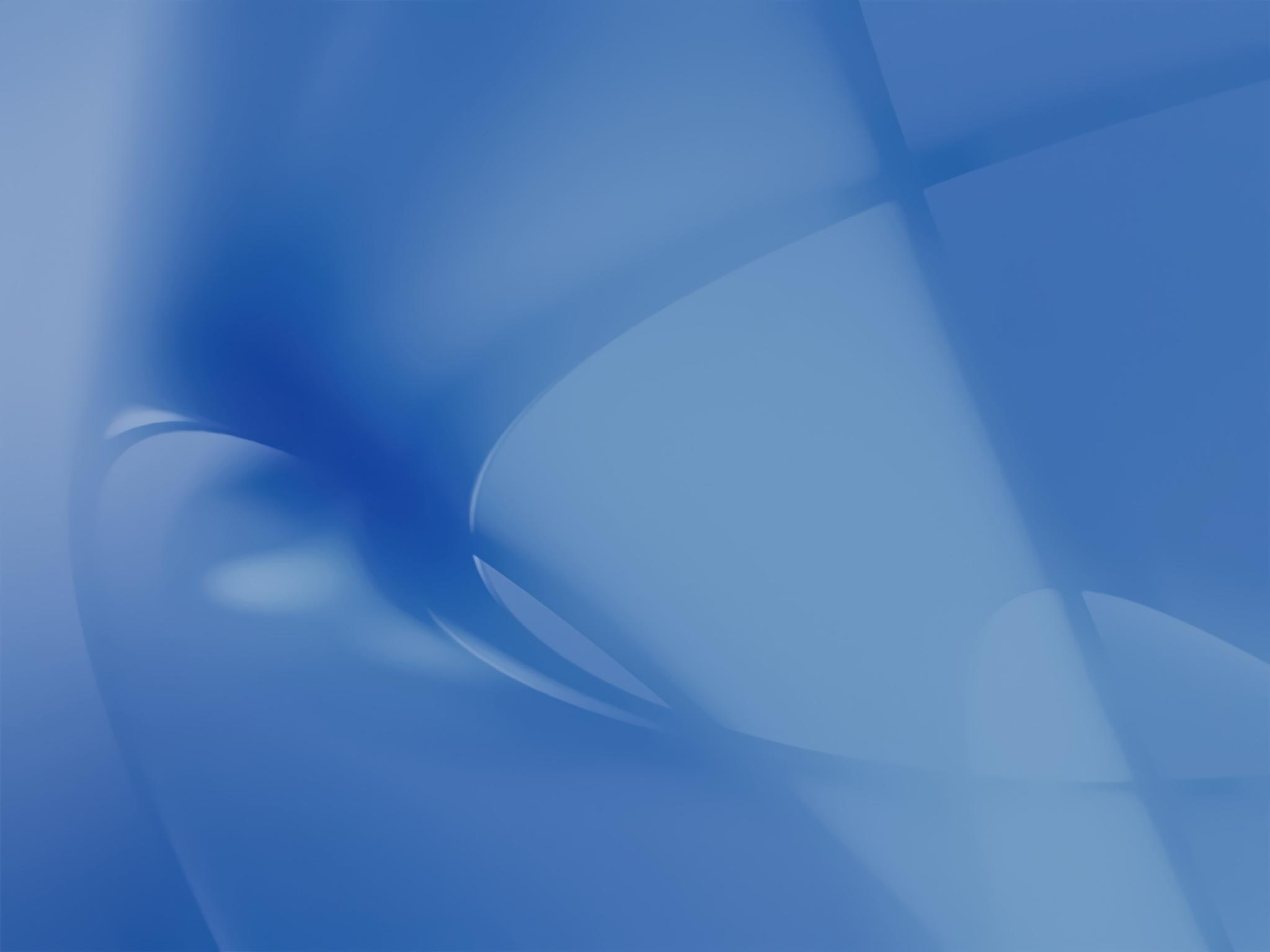Power users like to tweak their Mac OS X Desktops just so, with that menu color, this background, and those applications in the Dock. Non-computer types just can’t understand the importance of the proper arrangement of your virtual workplace: When things are familiar and customized to your needs, you’re more productive, and things get done faster. In fact, if you’ve set up multiple users on your computer under Mac OS X, the Big X automatically keeps track of each user’s Desktop and restores it when that person logs in. (For example, when you use the Mac, you get that background photo of Farrah Fawcett from the ’70s while your daughter gets Avril Lavigne.) You can produce a Desktop that’s uniquely your own.
You may be wondering whether you really need a custom background. That depends completely on your personal tastes, but most computer owners do change their background when presented with the opportunity. Favorite backgrounds usually include

- Humorous cartoons and photos that can bring a smile to your face (even during the worst workday)

- Scenic beauty
Color Note is an intuitive all-in-one color designing app that sits right in your menu bar for quick and fluent access. With a basic yet elegant interface that includes color design essentials such as a swatch pane, a color wheel, and, most importantly, a color picker, Color Note redefines minimalism and optimizes workflow for an all around productive session of designing or developing. Free download Color Accent Studio Pro Color Accent Studio Pro for Mac OS X. Color Accent Studio Pro allows you add a touch of color to your photos for a dramatic effect. Comfortable reading experience with adjustable screen brightness and page color Ability to make in-page highlights Access to local library eBooks Side-by-side reading and note-taking The ability to export your notes Support for Text-to-Speech on devices running Mac OS X 10.10 or above.
- Photos of family and friends (or the latest Hollywood heartthrob)

- The company logo (not sure it does much for morale, but it does impress the boss)
If you do decide to spruce up your background, you have three choices: You can select one of the default Mac OS X background images, choose a solid color, or specify your own image. All three backgrounds are chosen from the Desktop & Screen Saver panel, located within System Preferences (see Figure 1).
Figure 1: To select a background, go to System Preferences.
You can also hold down Control, click the Desktop, and choose Change Desktop Background from the pop-up contextual menu (or right-click, if you’re using a mouse with multiple buttons).
Picking something Apple
To choose a background from one of the collections provided by Apple, click one of these groups from the list at the left:
- Apple Images: These default backgrounds range from simple patterns to somewhat strange and ethereal flux shapes.
- Nature: Scenic beauty: blades of grass, sand dunes, snowy hills . . . that sort of thing.
- Abstract: Even weirder twisting shapes in flux, this time with bright contrasting colors. Good for a psychiatrist’s office.
- Solid Colors: For those who desire a soothing solid shade.
- Pictures Folder: This displays the images saved in the Pictures folder by the active user.
- Choose Folder: You can open a folder containing images and display them instead.
If you see something you like, click the thumbnail, and Mac OS X displays it in the well and automatically refreshes your background so that you can see what it looks like. (By the way, in the Apple universe, a well is a sunken square area that displays an image — in this case, the background image that you’ve selected.)
Notice your iPhoto albums in the list? That’s no accident — Tiger automatically offers your iPhoto Photo Library so that you can choose images from your iPhoto collection.
Mac OS X automatically manipulates how the background appears on your Desktop. If an image conforms to your screen resolution, fine — otherwise, click the drop-down list box next to the well and you can choose to

- Tile the background. This repeats the image to cover the Desktop. (This is usually done with pattern images to produce a smooth, creamy, seamless look.)
- Fill the screen. This can be used with a solid color to get uniform coverage. The original aspect ratio of the image is preserved, so it’s not stretched.
Terminal Color Mac Os X
- Stretch the background to fit the Desktop. If your Desktop image is smaller than the Desktop acreage, this works, but be warned — if you try to stretch too small of an image over too large a Desktop, the pixilated result can be pretty frightening. (Think of enlarging an old Kodak Instamatic negative to a 16 x 20 poster. Dots, dots, dots.) The original aspect ratio of the image is not preserved, so you may end up with results that look like the funhouse mirrors at a carnival.
- Center the image on the Desktop. This is my favorite solution for Desktop images that are smaller than your resolution.
Note that this drop-down list appears only if the Desktop picture that you select is not one of the standard Apple images. All the pictures in the Apple Background Images, Nature, Abstract, and Solid Colors categories are automatically scaled to the size of your screen.
To change your Desktop background automatically on a regular basis, enable the Change Picture check box and then choose the delay period from the corresponding drop-down list box. To display the images in random order, also enable the Random Order check box; otherwise, Mac OS X displays them in the order that they appear in the folder.
Choosing a solid color
If you want your favorite color without the distraction of an image as a background, you can choose from a selection of solid colors. You can choose from these colors the same way that you’d pick a default Mac OS X background image.
Selecting your own photo
Ubuntu Terminal Colors For Mac Os X
You can drag your own image into the well from a Finder window to add your own work of art. To view thumbnails of an entire folder, click the Pictures Folder (to display the contents of your personal Pictures folder) or click Choose Folder to specify any folder on your system. Click the desired thumbnail to embellish your Desktop.